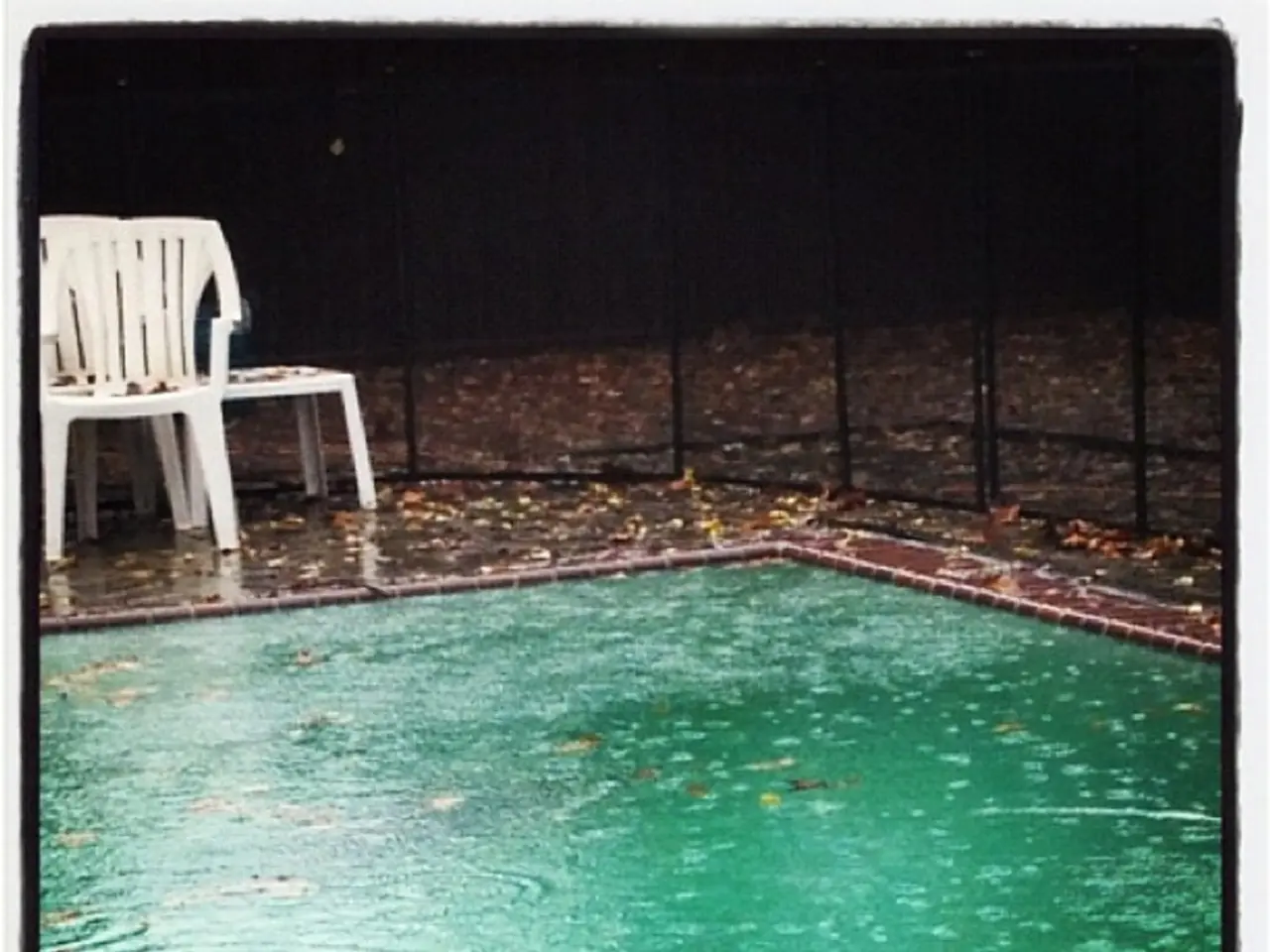Guiding parents on recognizing signs of child anxiety and potential interventions
In today's fast-paced world, childhood anxiety has become a growing concern, with one in ten children, aged 3 to 17, currently diagnosed with an anxiety disorder according to the Centers for Disease Control and Prevention (CDC) [2][5]. Among teenagers, more than one in five reported anxiety symptoms over a two-week period [2].
Understanding and addressing childhood anxiety is crucial for supporting children's mental health. This article offers a step-by-step guide for parents to help their anxious child.
**Step 1: Identify the worry** Begin by identifying the specific worry that's causing anxiety. This could be anything from school performance to social situations or family stressors.
**Step 2: Validate emotions and encourage action** Validate the child's emotions, making them understand that it's okay to feel uncomfortable emotions and still do tasks or go to school. Encourage them to face their fears gradually, taking small steps to build confidence and learn to manage their anxiety.
**Step 3: Evaluate the worry together** Teach the child to test their worries instead of trusting them blindly. Help them understand the difference between helpful and unhelpful thoughts, and guide them to challenge their anxious thoughts.
**Step 4: Set boundaries around worry time** Limit the discussion of a topic to a certain duration. This helps prevent the worry from consuming all of the child's time and energy.
**Step 5: Help the child calm their body** After discussing the worry, help the child calm their body using physical coping strategies like deep breathing exercises, taking a walk, or listening to calming music.
**Building a Secure Environment** Maintaining predictable routines at home can provide a sense of security for anxious children. Prioritizing one-on-one connection time with the child can build the foundation for handling difficult situations. Monitoring and filtering media exposure is important to keep the home environment age-appropriate and discuss any upsetting information the child encounters.
**Building Independence** Building independence through small challenges can help anxious children feel more confident and capable. Encourage them to take on responsibilities and face challenges, providing support but allowing them to learn and grow.
**Seeking Professional Help** Seeking professional help for a child's anxiety is a sign of strength, not failure. Professional support can help both the child and the parent build on the foundation they've already established. Persistent symptoms that last for weeks, significant interference with school, friendships, or family life, physical symptoms without medical causes, avoidance that's getting worse, your family feeling stuck despite trying strategies at home, and both you and your child benefiting from professional help are signs that it might be time to seek professional help.
Remember, childhood anxiety results from a complex mix of genetic, environmental, and developmental factors. By understanding these factors and implementing the steps outlined above, parents can help their anxious child navigate through their feelings and develop the skills needed to manage their anxiety.
Engaging in scientific research related to childhood anxiety and mental health can offer valuable insights for parents, helping them make informed decisions about health-and-wellness practices for their children. By incorporating evidence-based strategies, such as those outlined in this article, parents can work collaboratively with their children to improve their mental health and overall well-being. Additionally, encouraging open communication about mental health concerns, both within the family and in the wider community, can help reduce the stigma associated with these issues and foster a more supportive environment for all parents and children in the realm of parenting.




